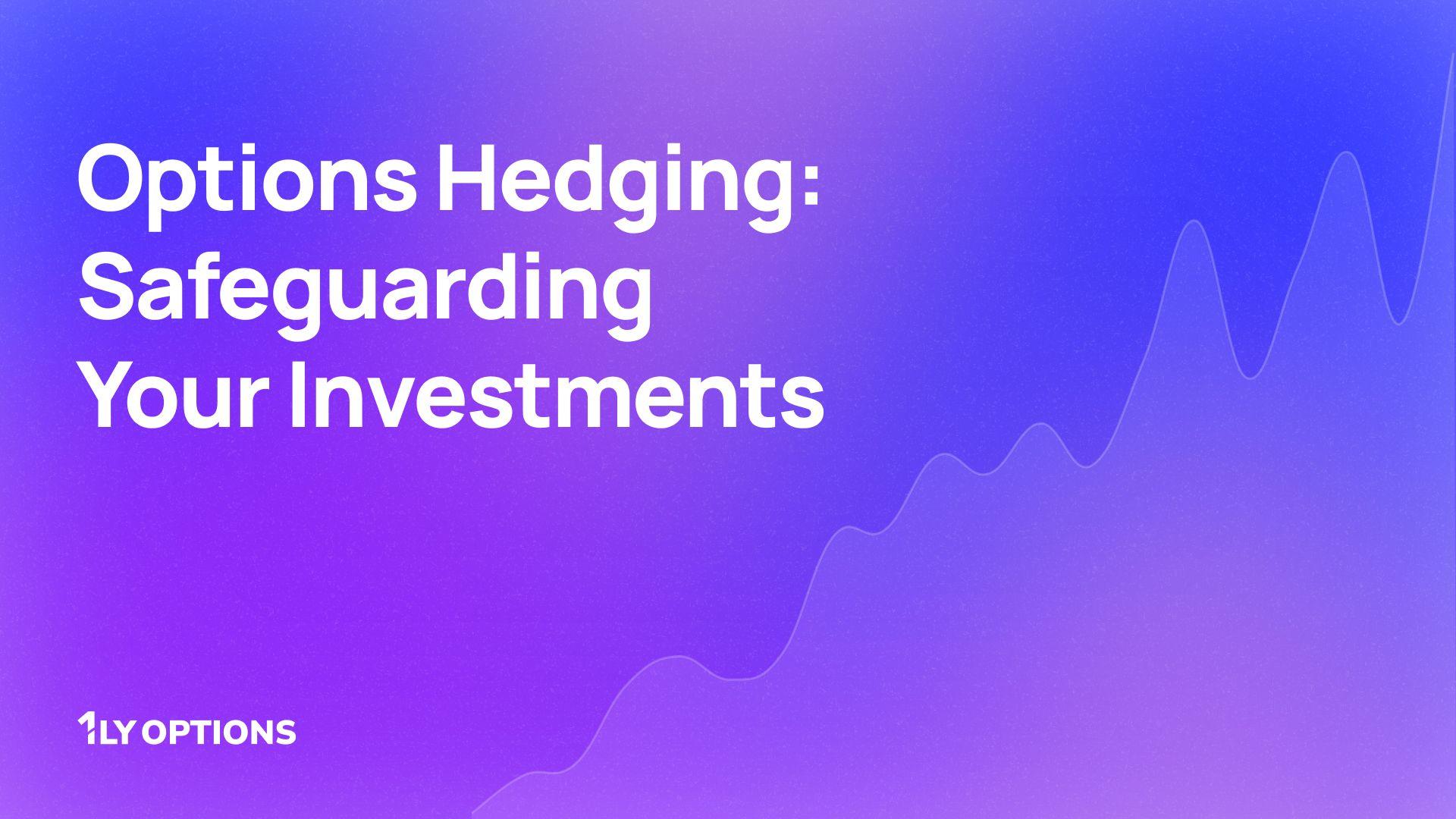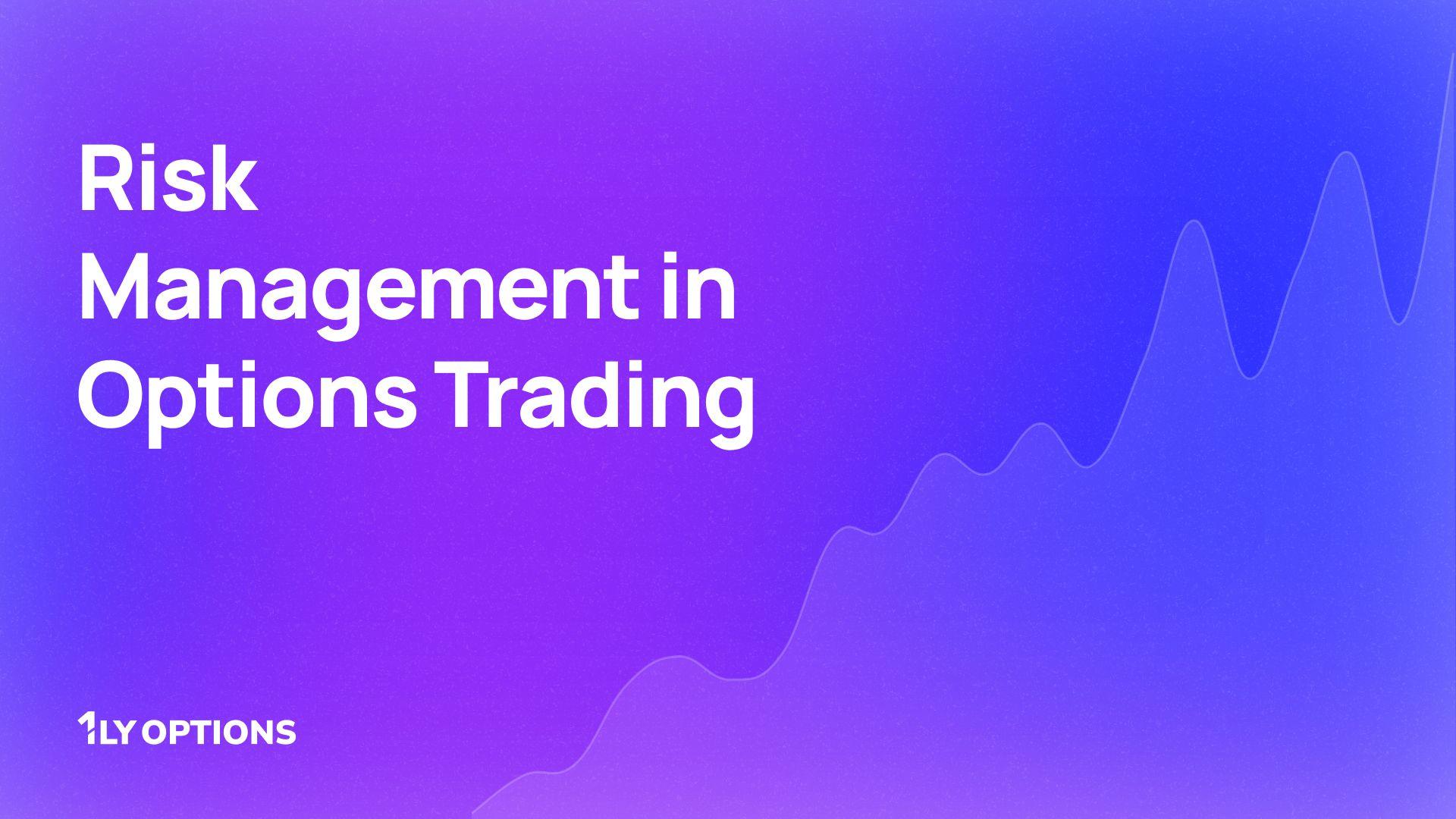Liquidity Index (LIX) in Option Trading: A Crucial Metric for Options Traders
The Liquidity Index (LIX) is a numerical measure that quantifies the liquidity of an asset, such as stocks, futures and options, bonds, or cryptocurrencies.
August 1, 2023
Introduction
Options trading is a dynamic and versatile strategy in the world of finance. It offers traders the opportunity to profit from price movements in various underlying assets while managing risk effectively. To navigate the complex world of options, understanding the concept of liquidity is paramount. In option trading, liquidity plays a pivotal role in determining the ease of executing trades, managing positions, and optimizing strategies. This blog will explore the Liquidity Index from the perspective of option trading, discussing its significance, measurement, and impact on trading decisions.
What is the Liquidity Index (LIX)?
The Liquidity Index is a numerical measure that quantifies the liquidity of an asset, such as stocks, bonds, cryptocurrencies, or their derivatives contracts. It provides insights into the ease of buying or selling an asset in the market without causing substantial price fluctuations. Liquidity is an essential factor because it affects the efficiency and stability of financial markets. High-liquidity assets are typically easier to trade, while low-liquidity assets may be subject to higher price volatility and trading costs.
How is the Liquidity Index Calculated?
The Liquidity Index is calculated using various factors, depending on the asset class being analyzed. Here are some common methods for calculating liquidity indices:
- Bid-Ask Spread: This is one of the simplest ways to measure liquidity. The bid-ask spread represents the difference between the highest price a buyer is willing to pay (bid) and the lowest price a seller is willing to accept (ask). A narrow spread indicates higher liquidity.
- Trading Volume: Liquidity can also be gauged by examining the trading volume of an asset. Higher trading volumes generally indicate greater liquidity.
- Order Book Depth: For assets traded on order-book exchanges, the depth of the order book is crucial. It shows how many buy and sell orders are available at different price levels. Deeper order books imply higher liquidity.
- Market Impact: Some liquidity indices consider the potential price impact of a large trade. The less an asset's price moves when a significant order is executed, the higher its liquidity.
- Historical Liquidity Metrics: Some indices incorporate historical data, such as past bid-ask spreads, trading volumes, and price volatility, to assess liquidity.
The Significance of Liquidity in Option Trading
In the context of options trading, liquidity takes on heightened importance due to the unique characteristics of options. Here's why liquidity matters:
- Order Execution: Timely execution of option trades is critical, as options have expiration dates and are often used for short-term trading strategies. Liquidity ensures that you can enter and exit positions without significant delays or slippage.
- Bid-Ask Spreads: In the options market, the bid-ask spread is a key indicator of liquidity. A narrower spread suggests higher liquidity, reducing the cost of entering and exiting positions.
- Strike Price Selection: Liquid options typically have more available strike prices, allowing traders to fine-tune their strategies with precision. Selecting a liquid strike is critical.
- Risk Management: Liquidity aids in risk management by providing the flexibility to adjust or close positions as market conditions change.
- Strategies with Complex Legs: Options strategies like spreads, straddles, and butterflies often involve multiple contracts with varying expiration dates and strike prices. High liquidity makes it easier to construct and manage these multi-leg strategies.
Impact on Option Trading Decisions
When incorporating liquidity analysis into your option trading decisions, consider the following tips:
- Prioritize Liquid Options: Focus on trading options with high liquidity to minimize trading costs and maximize flexibility.
- Monitor Bid-Ask Spreads: Keep an eye on bid-ask spreads, especially for options with lower volumes. Avoid trading when spreads are excessively wide.
- Diversify Underlying Assets: Consider options on a diverse range of underlying assets to ensure access to liquid markets.
- Trade Near Expiration: Stick to options with expiration dates that have sufficient trading activity. Illiquid options near expiration can lead to challenges in executing trades.
- Use Limit Orders: In illiquid markets, use limit orders to specify the price at which you are willing to trade. This can help avoid unfavorable executions.
Liquidity Index (LIX) at 1lyoptions
Using the above methodologies 1lyoptions is the only platform in India that provides the Liquidity Index (LIX) of the instrument. This can be found in various sections of the platform.
Option Chain
In the option chain, we have a specific column for LIX to help users to know the liquidity at each strike level.
Straddle Premium
In straddle premium, the LIX is the average of ATM call and put options. This helps traders to decide on which underlying assets have low liquidity (<4) and avoid them.
Place Order
In every place order popup at 1lyoption would have an LIX value to help users avoid illiquid contracts.
Positions page
In options, a particular strike might be liquid when entering the position but it might become illiquid generally when it goes to In The Money. 1lyoption gives alerts and identifies the specific position that has the risk of liquidity.
Conclusion
Liquidity is a fundamental factor for success in options trading. As an options trader, understanding and effectively measuring liquidity risk through metrics like trading volume, open interest, and bid-ask spreads is crucial. At 1lyption combines these matrices and quantifies the liquidity in numeric value ranging from 0 to 10. 0 being highly illiquid and 10 being highly liquid. By prioritizing liquid options and making informed decisions based on liquidity analysis, you can enhance your ability to execute strategies, manage risk, and achieve your trading objectives. In the dynamic world of options, liquidity is your ally in navigating the markets with confidence.
Don't let emotions take over your trades, take control now and become a tactical trader with 1lyOptions














